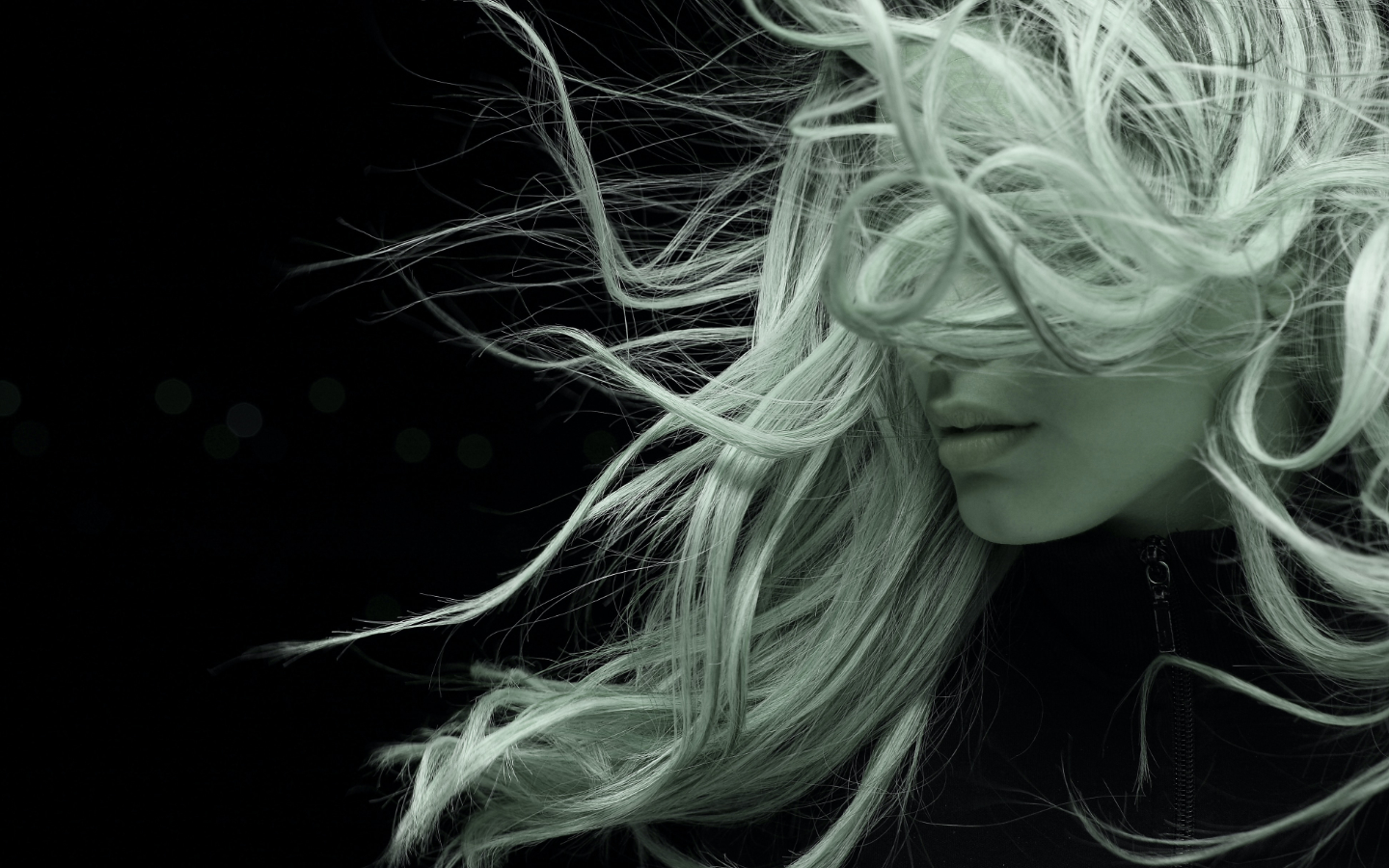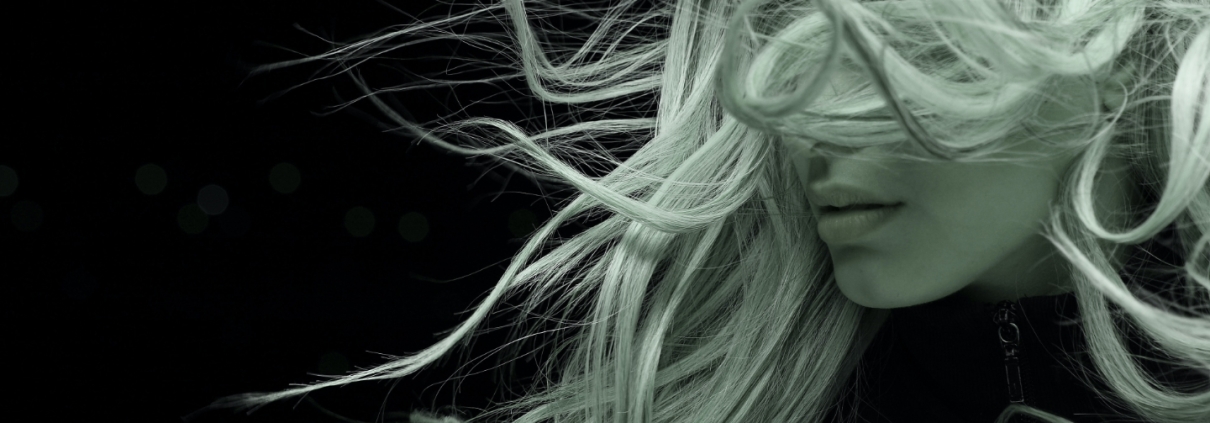Quality Hair Extensions For The Rich

Unveiling the Secrets Behind Luxurious Locks
In the world of fashion and beauty, hair has always been a symbol of elegance and sophistication. From Cleopatra’s legendary tresses to modern-day celebrities strutting down the red carpet, hair extensions have played a crucial role in enhancing beauty and transforming looks. Today, the demand for high-quality hair extensions has surged, and it’s not just about adding length or volume; it’s about elevating one’s style to the epitome of luxury. In this blog post, we’ll explore what makes a quality hair extension, where they come from, the countries where most hair is collected, and the intriguing history of hair extensions.
What Sets Quality Hair Extensions Apart?
For the elite seeking the crème de la crème of hair extensions, there are several key factors that distinguish them from the ordinary. Let’s delve into these factors:
Hair Source: The most prestigious hair extensions are made from ethically sourced, 100% human hair. Remy hair, in particular, is highly sought after. Remy hair is collected in a way that preserves the cuticle alignment, ensuring that all strands run in the same direction, minimizing tangling and providing a more natural look.
Processing: High-quality hair extensions undergo minimal processing. They are carefully cleaned, sanitized, and dyed to achieve the desired color while maintaining the integrity of the hair. This careful processing ensures that the hair remains silky, shiny, and long-lasting.
Texture and Color Options: A diverse range of textures and colors is essential for offering versatility to customers. Whether it’s straight, wavy, curly, or kinky hair, the best extensions should cater to a variety of styles and preferences.
Durability: Quality hair extensions should be able to withstand frequent styling, washing, and daily wear without losing their luster and original appearance.
Application Method: The application method used for hair extensions can significantly impact their quality and longevity. The best hair extension professionals use advanced techniques that are gentle on natural hair and ensure the extensions blend seamlessly.
The Origins of Luxurious Locks: Where Do Hair Extensions Come From?
The source of the hair used in extensions has a significant impact on their quality and ethical implications. Although the hair extension industry is thriving, it remains shrouded in mystery and controversy.
India: India is one of the largest exporters of human hair, and a considerable portion of this hair is collected through religious practices like tonsuring at temples. Devotees offer their hair as a symbol of humility and gratitude, and the temples then auction it. The revenue generated is often used to fund charitable activities.
China: China is another major player in the hair extension market. While some hair comes from religious ceremonies, most of it is collected from salons, barber shops, and hairbrushes. The origins of the hair can sometimes be uncertain, making ethical sourcing a concern.
Europe and Russia: In recent years, there has been an increasing demand for European and Russian hair, known for its fine texture and natural appearance. European hair is typically sourced from women in countries like Ukraine and Russia, who often sell their hair for extra income.
South America: Countries like Brazil and Peru also contribute to the hair extension market. In Brazil, hair is sourced from various regions, and a portion comes from willing donors who undergo a haircut ritual as a sign of personal growth.
History of Hair Extensions: From Ancient Times to Modern Luxury
The history of hair extensions dates back thousands of years, with evidence of their use in various cultures:
Ancient Egypt: Egyptians were one of the earliest civilizations to embrace hair extensions. Wigs and hairpieces were popular among both men and women, indicating social status and fashion trends.
Ancient Rome: In the Roman Empire, wigs were commonly used to signify wealth and power. They were made from human hair, animal hair, or even plant fibers.
18th Century: During the 18th century, elaborate wigs became a symbol of aristocracy and high fashion in Europe. These extravagant wigs were adorned with ribbons, feathers, and even ships.
19th Century: Hair weaves and extensions made a comeback in the 19th century. Horsehair extensions were often used to create intricate hairstyles, especially in Victorian times.
20th Century: Hair extensions gained popularity in Hollywood during the early 20th century, with movie stars like Mary Pickford and Theda Bara sporting glamorous hairpieces. However, the 1950s marked a turning point with the introduction of more advanced techniques, like the “weave-in” method.
Modern Era: Today, hair extensions have evolved into an industry catering not only to celebrities but also to a wide range of consumers. With technological advancements, innovative application methods, and ethical sourcing practices, the hair extension market has transformed into a symbol of luxury and refined beauty.
In conclusion, for those seeking the epitome of elegance and luxury, quality hair extensions provide the perfect solution. From their ethically sourced origins to the meticulous manufacturing process, the allure of these extensions lies not just in their physical attributes but in the stories they carry. As technology continues to push the boundaries of hair extension craftsmanship, one thing remains constant—the profound impact of these extensions on beauty, style, and self-confidence for the rich and famous. So, the next time you see a dazzling celebrity on the red carpet with luscious locks, remember that behind those mesmerizing tresses lies a fascinating tale of history, culture, and the pursuit of perfection.




Leave a Reply
Want to join the discussion?Feel free to contribute!